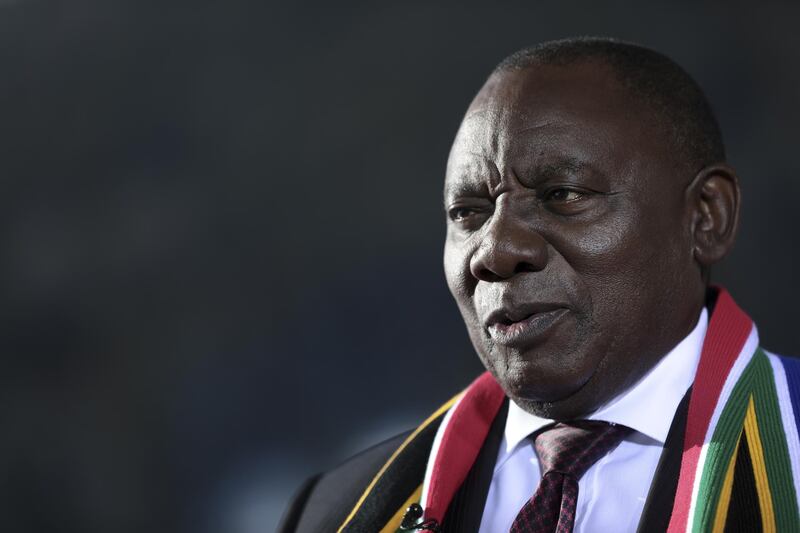From zero to hero – the South African rand has gone from one of the world’s worst-performing emerging markets currencies to almost the best, all in the space of a couple of months.
Last week the rand dropped below 12 to the dollar, a level last reached in 2015, Bloomberg data shows. The narrow victory of Cyril Ramaphosa, who was chosen to be the ruling African National Congress presidential candidate in the 2019 elections is largely behind the almost 20 per cent gain in the currency since December.
“The perception has been South Africa was crippled by poor policy decisions coming out of government,” said Zaakirah Ismail, a fixed income analyst at Standard Bank Group. “The changes brought in during the elective conference signalled a turn in the right direction.”
Ms Ismail says the change in leadership lessened the risk of a ratings downgrade, another factor hanging over the currency. Mr Ramaphosa’s swift moves to end the chaotic management at crucial state enterprises such as the country’s near-bankrupt electricity provider Eskom have also helped.
“So far [since December] the ANC has lived up to expectations.”
_______________
Read more:
ANC defeat for Zuma hopefully marks postive change for South Africa
_______________
The rand has long been a favourite of currency speculators and is the eighth most actively traded in the world, according to Investopedia.
Its fortunes were historically tied to gold, for which South Africa was the world’s largest supplier for most of the 20th century.
These days South Africa still exports gold, but its dwindling supplies mean it is now only a bit player in global bullion markets. The rand, however, continues to hold its own in the international currency arena. This is thanks in no small part to its regulation by the South African Reserve Bank (SARB), modelled on the Bank of England.
The SARB is independent of government, and sets monetary policy using interest rates, largely to contain inflation.
The past decade has been unkind to the rand, mostly because of increased disillusionment by local and international markets over the conduct of President Jacob Zuma. It reached an all-time low in January 2016, hitting just over 15 to the dollar.
This was in response to Mr Zuma firing his highly respected finance minister Nhlanhla Nene and replacing him with an unknown political crony in December 2015.
At the time the Big Mac Index – a comparison of McDonald’s burgers around the world and how they related to various currencies – showed the rand as almost 65 per cent undervalued. A hungry consumer in the US would pay $4.95 per sandwich, while in dollar terms a South African would pay just $1.77 for the same product.
But Mr Ramaphosa’s selection as his party’s next leader has changed this and the rand has surged on the belief that Mr Zuma’s corruption-stained administration is about to crumble.
Not everyone has welcomed the rand’s revival. The leader of the far-left group Black First Land First (BFLF), Andile Mngxitama took to Twitter to say this only improved the lot of the rich white capitalists, whom the organisation blames for many of South Africa’s problems.
The BFLF advocates the full nationalisation of land and industry and were firm backers of Mr Zuma.
“The rand is very strong say a people without rands; all in great jubilation,” Mr Mngxitama said. “Celebrating on behalf of white monopoly capital.”






